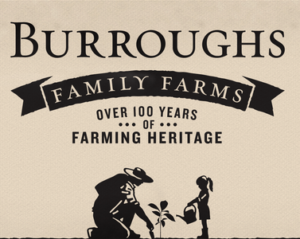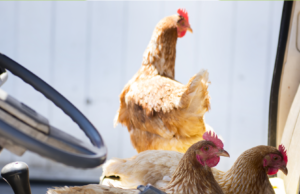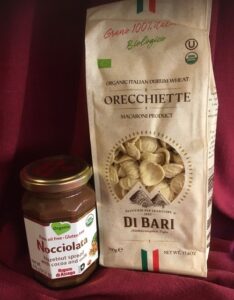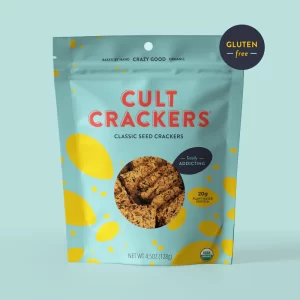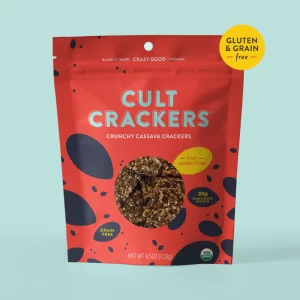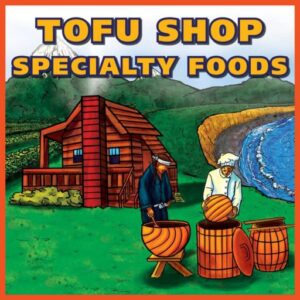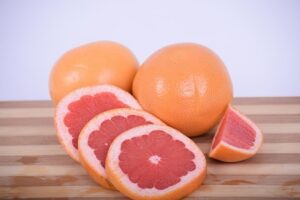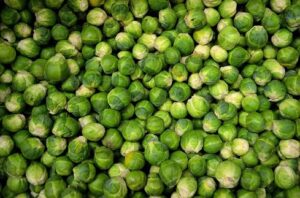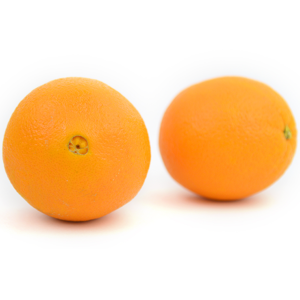Marin Cheese Company is a distributor that brings us specialty cheeses. They are one of our 40th Anniversary sponsors and in every raffle tote there is a coupon for organic Montchevre Goat Cheese redeemable in our stores.
The Montchevre goat cheese they have donated is from Wisconsin. Milk is their primary ingredient and they care deeply about the way it is produced. High quality dairy products begin with high quality milk from healthy and well cared-for animals. Montchevre is committed to supporting initiatives and programs that promote communication, awareness and training opportunities for dairy production welfare issues. They offer organic goat cheese logs in plain and garlic/herb.




